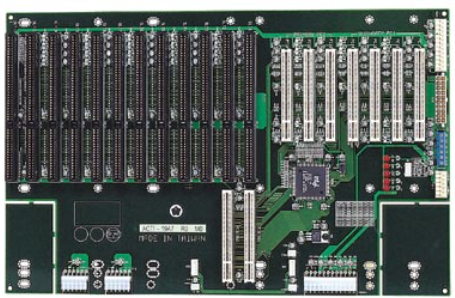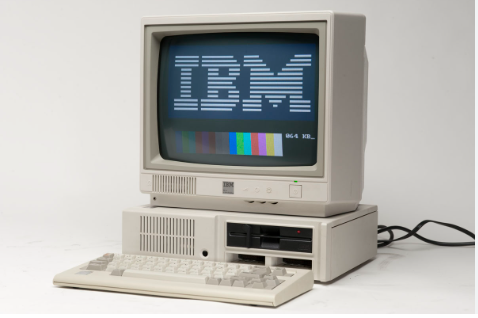
Third Generation Computers (1964–1971): The Rise of Integrated Circuits
The third generation of computers, spanning from 1964 to 1971, marked a pivotal transformation in the history of computing. This era saw the introduction of integrated circuits (ICs), which dramatically enhanced performance, reduced costs, and shrunk the physical size of computers. These innovations not only made computers more accessible to businesses but also laid the groundwork for the modern computing age.
Related: The Five Generations of Computers Explained
What Are Integrated Circuits?
Integrated Circuits (ICs), often called microchips, are small semiconductor wafers that contain many miniaturized electronic components—transistors, resistors, and capacitors—on a single chip. These components are connected to perform complex functions.
Key Features of Third Generation Computers
Use of Integrated Circuits (ICs):
- Allowed for faster processing and more reliable operations.
- Greatly reduced power consumption and heat generation.
Smaller Size and Greater Efficiency:
- ICs allowed the design of smaller, more compact machines.
- Made computing more practical and widespread.
Increased Processing Speed:
- Instructions could be executed in microseconds, a significant improvement over previous generations.
Widespread Use of Operating Systems:
- Third-generation computers were the first to use operating systems for multitasking and job scheduling.
Mass Production and Commercial Use:
- The machines became affordable for medium and large businesses.
Popular Third Generation Computers
IBM System/360 (1964)
One of the most influential computers of this generation, the IBM System/360 was designed to cover a complete range of applications and was the first computer family to make software compatible across models.
UNIVAC 1108
Used in scientific and military applications, this machine was known for its multi-user support and powerful data-processing capabilities.
Honeywell 6000 Series
Featured time-sharing capabilities and supported high-level languages, making it suitable for educational and business use.
Programming Languages in Use
The third generation also witnessed the adoption of high-level programming languages, including:
- COBOL (Common Business-Oriented Language)
- FORTRAN (Formula Translation)
- Pascal and ALGOL
These languages helped programmers write complex code more easily and accurately.
Advantages of Third Generation Computers
Smaller, faster, more reliable
Lower operational costs
Support for multiprogramming
Energy-efficient compared to earlier machines
Capable of real-time and time-sharing processing
Limitations
Still relatively expensive for small businesses
Generated less heat than vacuum tubes but still required cooling
Maintenance and repair required trained personnel
Legacy and Impact
The introduction of integrated circuits revolutionized the computing industry. Third-generation computers bridged the gap between the bulky, experimental machines of the past and the sleek, powerful systems we know today.
Related: First Generation Computers (1940–1956)
Related: Second Generation Computers (1956–1963)
Conclusion
The third generation of computers was a technological milestone that brought about significant innovation in computing power, size, and usability. The integrated circuit was a game-changer, opening the doors to mass adoption and commercial use, and setting the stage for the microcomputer revolution to come.


